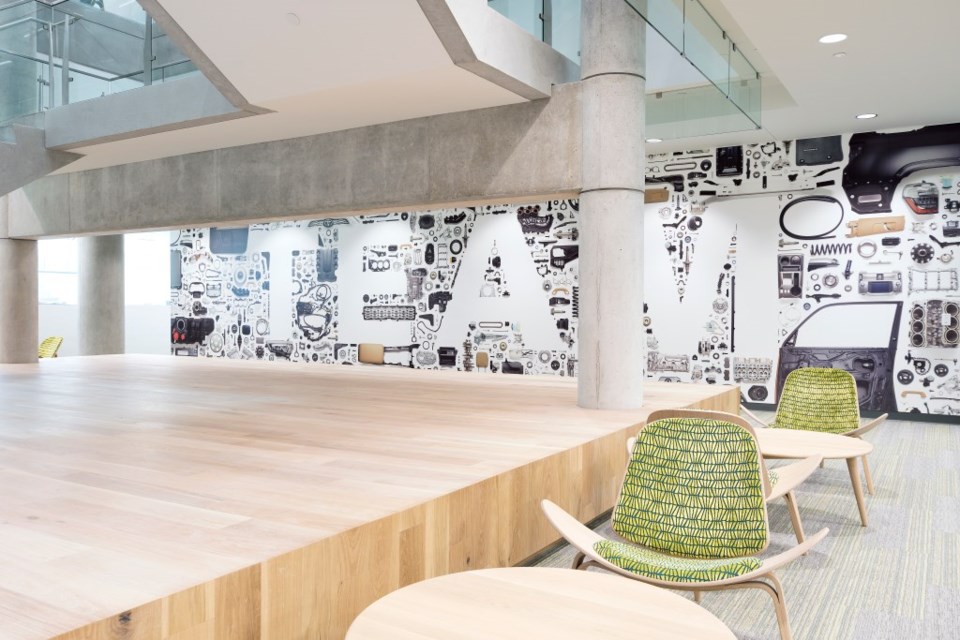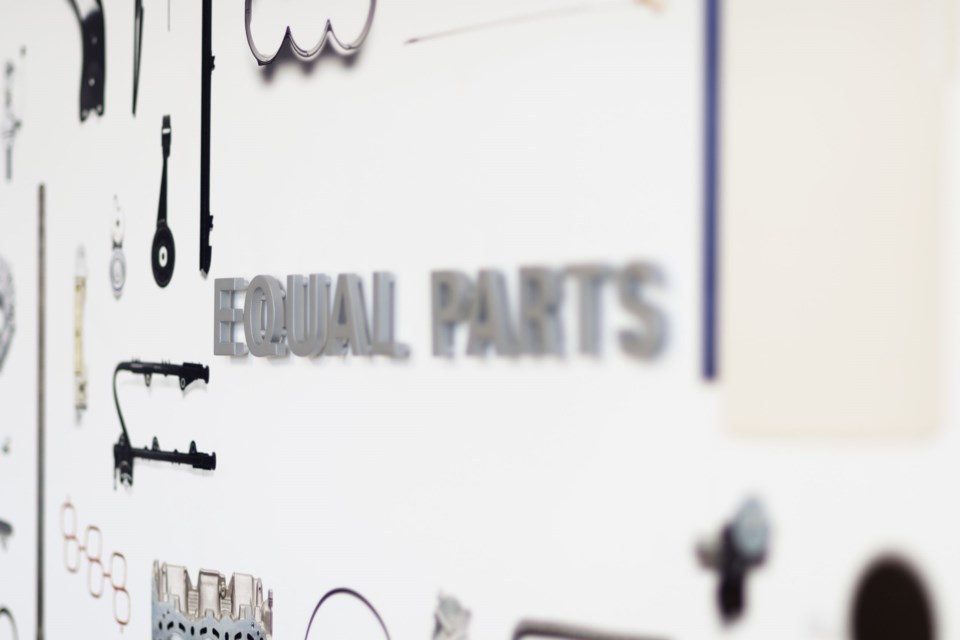Guess what? You are biased. I am biased. We are all biased. But that doesn’t mean we shouldn’t address the issue.
Biases are harmful. As an Indian-American female, I experience the effects of implicit bias every day. I’m not the only one. As a minority, I might experience bias more often, but everyone experiences bias, and everyone is biased.
This is why I was glad to be able to attend the annual GLBT Chamber of Commerce Business Equality Conference, held at Toyota of Plano, to openly discuss bias. Without talking about bias, we don’t get anywhere. We hold ourselves back from taking in ideas from those that are different from us. We hold ourselves back from a more united future.
So what is bias? The ADL, or the Anti-Defamation League defines it as a preference for or against an individual or group that interferes with impartial judgement. A preference. That makes it sound easy to fix. But the trick is, bias is always forming. Valerie Klein, our panel’s moderator, described it as a “byproduct of living”. Bias is formed by the people we choose to associate with and the people we don’t. It’s formed by our environment, which we don’t always have control over.
There are two types of bias: explicit and implicit. Explicit bias is defined as “the conscious attitudes, stereotypes, and intentional actions, positive or negative, towards members of a group merely because of their membership in that group.” This is your typical racism, sexism, and homophobia.
Implicit bias on the other hand, is defined as “the unconscious attitudes, stereotypes, and unintentional actions, positive or negative, towards members of a group merely because of their membership in that group.” When someone acts on the implicit bias, they aren’t aware that their actions are biased. In fact, their implicit bias might go against everything they believe in.
At the panel, we watched this video, which describes implicit bias perfectly with a simple example. I say peanut butter, you think jelly. As a result of always seeing peanut butter and jelly together, we are conditioned to associate them with one another. The issue arises when someone says “black man” or “Muslim”, and someone else’s mind goes to “violence” or “terrorism” against its will.
Read more: Wonder Women: A kick-off event for Plano Profile’s 17th Women in Business summit

Where there’s implicit bias, there’s distrust. And it goes both ways. Janet*, an African-American woman at the panel, discussed her experiences with the group.
“[At meetings], I’m acutely aware that I’m probably the only woman or maybe the only person of color, definitely the only person that identifies as LGBT. I walk in with this assumption that everybody already feels a certain way about me. Even if you don’t know that I’m in a same-sex marriage, you do know that I’m African-American. So I walk in with this defense, and I’m assuming someone already has this preconceived notion about me, not knowing or not realizing that I’m already having preconceived notions about everyone else.”
In Janet’s field, she works with a lot of older, white males, so her defenses used to always be on high alert. “More often than not, I realize that I’m wrong, that people care, and that we have more in common than we don’t have in common.”
It’s important that we tackle our implicit biases. From a business standpoint, inclusive companies enjoy 2.3 times the cash flow of other companies. They are also 1.7 times more likely to be innovation leaders and 70% more likely to capture new markets. From a humanity standpoint, tackling biases and being inclusive is just point-blank the right thing to do.
How can we tackle our biases? The first step is to sit down and figure them out. Then actively remind yourself not to act on them. One great tool to scope out your biases is Project Implicit, presented by Harvard University. The program provides ten-minute tests to figure out your implicit associations on everything from race to gender to sexual orientation to mental health. Take the test, and you’ll be shocked by what you find out about yourself. But knowing yourself is the stepping stone to change.
I’m a seventeen year old, 5’1″ tall, Indian female with blue hair. When I went to this Toyota conference, I stuck out like a sore thumb. I didn’t even realize until Janet talked about her experiences as a minority, that I tend to put up my defenses too. In fact, they were up right there in that room. Janet’s story helped me ease them back down.
Talking to someone through an implicit bias is like talking to them through a glass wall. You can see them, but you can’t hear exactly what they’re saying, and no way can you reach out to them. The wall doesn’t help anybody. Thankfully for all of us, we can shatter it with education and an open mind.
Read more: STEM education and the future of business in North Texas




